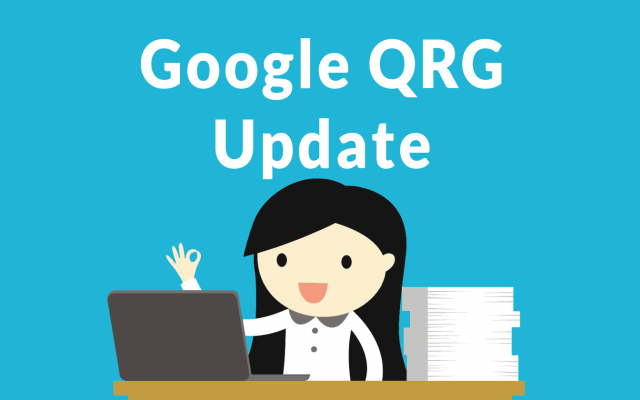Editor’s note: “Ask an SEO” is a weekly column by technical SEO experts Jenny Halasz and Kristine Schachinger. Come up with your hardest SEO question and fill out our form. You might see your answer in the next #AskanSEO post!
This week for “Ask An SEO”, we have a question from Emma in Yorkshire, UK. She asks:
“My blog has little traffic. If I change the structure of my URLs, is this a bad idea? Or, is it good to do it now whilst the traffic is low?”
The answer is the same as when we examine so many SEO other scenarios – it depends.
But why does it depend?
Your reasons for making a change of this nature should be deliberated carefully. Why are you making this change?
If you do not have well thought out business or platform reasons for doing so, it would be best not to entertain the effort.
However, there are times when such a change is unavoidable.
The most common reason to change the structure of your URLs is during a company rebranding, site migration or redesign where some site defining element like domain name, product types, topical focus, or platform changes no longer allows you to keep the same URLs.
There are good reasons to make a change that affects your URL structure, but the question is:
Should you change your URL structure?
The answer is if you can avoid it at all costs – do.
Why You Should Try to Maintain Your URL Structure
There are definitive reasons you want to try to maintain your URL structure, whenever possible, outside of SEO.
For instance, a change might break bookmarks users have saved in their browser from visiting your site or emails you have sent out.
Changing the URL structure, in essence, removes the direct link relationship the user has to your site.
Or you might have advertising or collateral materials that used your URLs in their creation, which would now need to be redone at some expense.
Hopefully, you have put in 301 redirects. But if your site has undergone complete restructuring, there may have been no direct page to send the user to, in which case you might lose them in the process.
However, most reasons to not make such a change without good reasons are related to SEO.
The most important being links and the time it takes Google to rediscover your site’s pages through the new URLs.
Links
Links to your site are still one of the top ranking factors in SEO.
Link quality, along with link quantity, is one of the measures of your site’s potential relevance and trustworthiness to Google.
When you do a site redesign, you can lose links in the process, thus decreasing your site’s SEO value.
This is why it’s so important you create a current and future sitemap and make sure to redirect those pages via a 301 (permanent redirect) to a new page that matches the old one in terms of topical focus.
If you try to redirect an old page to a page that is not similar in topical focus, Google may remove the value of those links.
And make sure to never redirect all your pages to the homepage or a top-level page if it is not that page type. Google has stated it can devalue links in these cases.
If your links are devalued, it means you lose that portion of your link profile and if those links were important it could hurt your site’s rankings.
Also, during this time, don’t forget all the links outside your website that will need to be changed as well.
For instance: paid campaigns, social platforms, and off-site advertising will also need to change have links changed as well.
Google’s Time to Rediscover Links
Google has advised site owners for some time to not change URL structure unless really necessary.
As John Mueller stated in a Reddit thread on changing URL structure it takes time for Google to rediscover links to your site.
“The bigger effect will be from changing a lot of URLs (all pages in those folders) – that always takes time to be reprocessed. I’d avoid changing URLs unless you have a really good reason to do so, and you’re sure that they’ll remain like that in the long run.”
During this time, you may experience a downturn in rankings and therefore traffic.
Now this downturn is likely to right itself fairly quickly as long as you made sure to follow a migration checklist and properly applied your redirects.
But “quickly” is a relative term. Depending on the size of your business, “quickly” may still be a few weeks or even a month or more.
So how long can your business live with that downturn in rankings?
If your traffic is low and you do not enjoy high ranking placements, this is a far different question than if you are a billion-dollar company who has to report their earnings to “The Street” every three months.
If you find you have no choice but to make the change, then just make sure to plan it during your least busy time of year and that you follow all the proper protocols including your migration checklist and URL re-mappings.
Note: This does not apply to an HTTP to HTTPS change. Google has a special process for this, so there would be a minimal effect on sites who are moving to make sure they are more secure.
In the case where you have no alternative as to whether to alter the URLs, make sure to follow a migration checklist so that you do not miss anything during the process.
Missing something in a revamp of URL structure can cost you rankings and traffic.
More Resources:
- The Ultimate Guide for an SEO-Friendly URL Structure
- An SEO Guide to URL Parameter Handling
- Durable URLs for SEO: How, When & Why to Use Them





